Projects
Externally funded projects at MTIRC
Sensing the Forest [2023-2025]
Sensing the Forest pursues raising awareness and understanding of forest environmental data and how they relate to climate change, in partnership with Forest Research and Forestry England. The project is led by Anna Xambo (now at Queen Mary University London), with MTI's Peter Batchelor as a co-investigator. It is funded by the UKRI Arts and Humanities Research Council. For more information, see the project website.
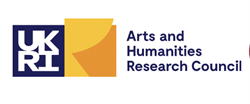

EARS: Electroacoustic Resource Site
EARS is a structured Internet portal supported by extensive bibliographical tools, designed to aid those conducting research in Electroacoustic Music Studies.
The project is coordinated by Leigh Landy and Simon Atkinson at MTI Research Group in collaboration with with Pierre Couprie and Rob Weale. EARS was funded by the Arts and Humanities Research Council and Unesco and it forms part of Unesco’s Digi-Arts Programme.

EMS: The Electroacoustic Music Studies Network
The Electroacoustic Music Studies Network (EMS) facilitates developments in this vital field. It hosts international events focusing relevant subjects every other year.
Our collaborative partners in the EMS initiative are(OMF/MINT) at the Université de Paris IV — Sorbonne and INA/GRM, Paris.
W: www.ems-network.org

Organised Sound Journal
MTI hosts the journal Organised Sound: an International Journal of Music Technology (Cambridge University Press). Prof Leigh Landy is the Editor.
W: https://www.cambridge.org/core/journals/organised-sound
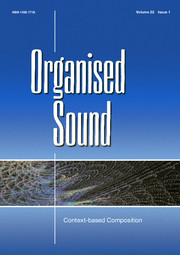
Projects Archive
Spectral Domains (2017) by John Young
For the TRIONYS ensemble—Günter Marx (violin), Martin Bürck (Percussion), Rainer Bürck, (piano).
Premiered in the Elgar Concert Hall, Birmingham, 29 April 2017.
Funded by the Arts Council England, Spectral Domains was composed for the German ensemble TRIONYS with 8-channel electroacoustic sound. Spectral analysis of piano timbre was used to generate a core set of harmonic structures expanded through digital processing into new textures blending violin, percussion and live piano sonorities.
Listen here to the first four minutes of Spectral Domains.

Interfaces [2016-2019]
Interfaces is an EU Culture project within the Creative Europe scheme, running 2016-2019. It is hosted by the Onassis Cultural Centre in Athens and involves nine partners, including the Europen University Cyprus, IRCAM (France), ZKM (Germany), CREMAC (Romania), Q-O2 (Belgium), Ictus(Belgium), and The Klangforum Wien (Austria). Its motto is 'bringing new music to new audiences'. The MTIRG led ten actions and participated in others, including DIY music making, making music with sounds (see the EARS 2 project below), telematic hacking, sound installations, site-specific multimedia works and visual music.
With the support of the Creative Europe Programme of the European Union
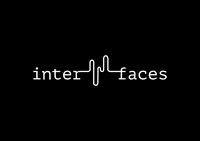

Red Sky (2014-15)
By John Young for alto flute, clarinet/bass clarinet, piano and 14-channel electroacoustic soundtrack.
Premiered 12 April 2015 at the Leicester New Walk Museum by Carla Rees, Heather Roche, Xenia Pestova-Bennett and John Young as part of the Leicester Remembers the Great War series of exhibitions and events.
Funded by the Arts Council England, this 55-minute work frames the experiences of 20 men and women in World War One, sourced from the oral history archives of the Imperial War Museum. The work started from the premise of the oral histories as coherent sound-driven forms which were then framed with expanded sound vocabulary, through:
- Coding verbal content to build original text-based meta-narrative, with the specific theme of the human cost of war.
- Embedding verbal content within electroacoustic soundscapes to articulate vividness and emotive quality of war memories.
- Studio-based processes of sound transformation to dramatise storytelling imagery as re-imagined memory.
- Blending linear and non-linear virtual timescales through fusion of spoken word, speech-derived transformations and parallel musical structures in forms hybridising memory-based storytelling and layers of musical sound design.
View flyer
EARS 2 + Compose with Sounds [2011-2013]
The EARS 2 pedagogical project and its associated project Compose with Sounds offers young people (Key Stage 3, 11-14 year olds) and interested people of all ages the chance to become acquainted with music made from sounds. EARS 2 offers a complete curriculum focusing on listening (repertoire), understanding of relevant concepts and making (composing) the music of sounds. It offers various forms of navigation so that users can follow their teacher’s or their own programme of discovery. The Compose with Sounds (CwS) project developed the creative software for EARS 2 called Compose with Sounds. This intuitive software includes a host of manipulation, generation and sequencing tools for inexperienced users. CwS was funded by the EU Culture programme and also involves MTI collaborators INA/GRM, ZKM and NOTAM as partners — as well as EPHMEE/Ionian University and Miso Music as associate partners. The CwS launch involved 18 schools in the six countries and the project culminated in concerts and teachers’ workshops in all six countries in early 2013.
Further EARS22 development and Phase 2 of Compose with Sounds are part of the EU Culture Interfaces project.
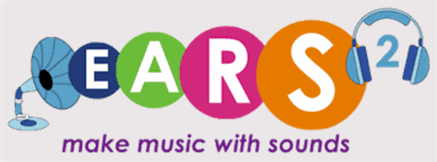


New Multimedia Tools for Electroacoustic Music Analysis [2010-2013]
This three-year research project, made possible by an award of just under £300,000 by the Arts and Humanities Research Council (AHRC), developed an analysis software package and an analytical toolbox relevant to the breadth of electroacoustic genres. This drew together existing methods, engaged the latest interactive and hypermedia tools, and applied them to a range of works to compare their strengths and weaknesses. This aimed to illuminate both the procedures and the works. We sought to be better able to judge what analytical approach (or approaches) would be best suited to gain an insight and understanding of a particular genre of the music. The research was undertaken by DMU Professors Simon Emmerson and Leigh Landy with musicologist and programmer Dr Pierre Couprie and doctoral student Mike Gatt. A number of new extensions, developments and refinements resulted in a newly developed software application ('E-Analyse' derived from Pierre Couprie's 'iAnalyse'), the book Widening the Horizon of Electroacoustic Music Analysis (Cambridge University Press, 2016) , and a web site, 'eOrema', containing articles and example analyses.

E-Analyse Software
W: http://logiciels.pierrecouprie.fr/
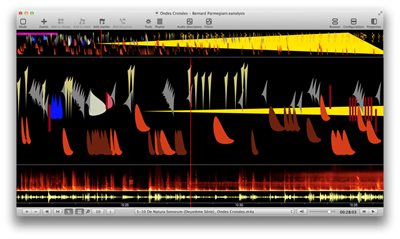
Expanding the Horizon of Electroacoustic Music Analysis
W: Cambridge University Press
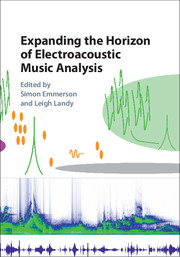
eOrema Web Site
W: www.orema.dmu.ac.uk

Lieu-temps [Of Time and Place] (2008)
With Ricordiamo Forlì (2005) and Arrivederci (2006) by John Young
View credits, texts, liner notes and sound clips
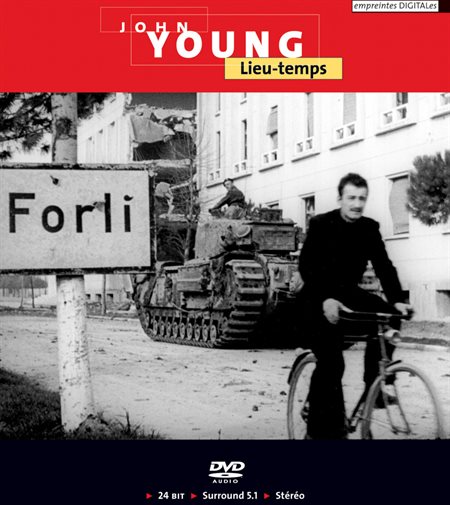
Creation of this album, released in DVD-A and digital download formats in 2008 by Empreintes DIGITALes, was funded by an AHRC research leave grant for 2005-6. Ricordiamo Forlì won first prize in the programme music section of the 2007 Concours international de musique électroacoustique de Bourges, and is one of 35 works in the history of that competition to have been awarded its Euphonie d’Or—comprising a collection of works which, in the words of the Institut International de Musique Electroacoustique de Bourges, “represent particularly brilliant moments in the history of electroacoustic music.” The publication of the DVD-A disc was further supported by a grant from Creative New Zealand.

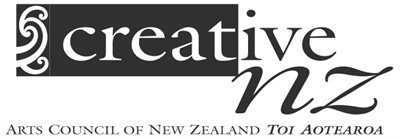
Philharmonia Orchestra: The Sound Exchange [2002-2003]
In 2002/3 the Access and Education Department of the Philharmonia Orchestra developed orchestral and internet resources with the MTI Research Group. The Philharmonia is resident in Leicester. This large-scale collaboration was funded by the Arts Council of England as part of the orchestra's stabilisation. There were several large elements, supervised by Andrew Hugill, with support from MTI Research Group members and MTI students and in collaboration with Dr Aladdin Ayesh of DMU's School of Computer and Informatics Science.

